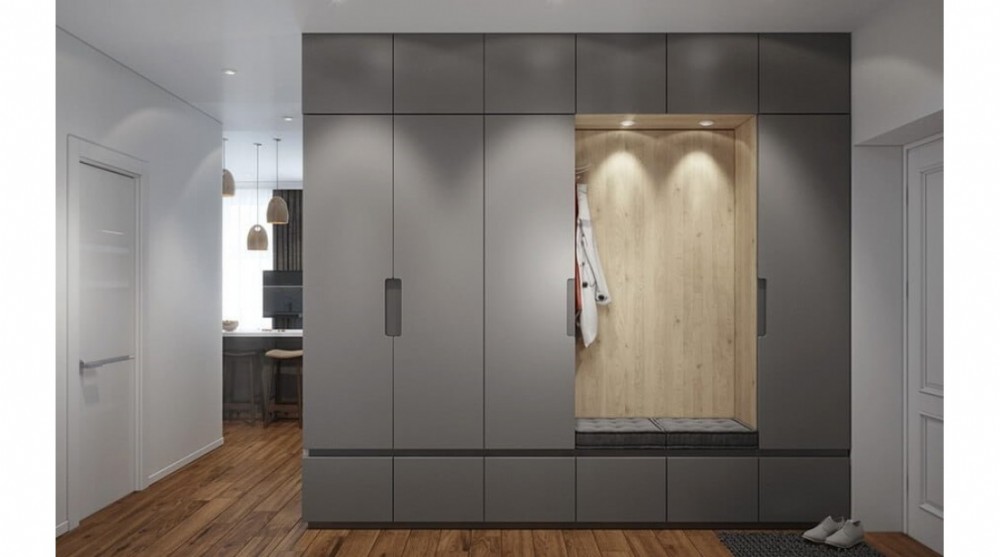Vestibule Design: Key Elements and Trends

Vestibule design is an essential architectural element located at the entrance of an interior space. It plays a crucial role in setting the first impression and also serves a functional role in organizing the space. A vestibule design that enhances the user experience and combines functionality with aesthetics creates a cohesive atmosphere, resulting in both a visually appealing and practical composition.
The vestibule should be scaled according to the space, offering optimal storage capacity without obstructing the flow of movement. In smaller spaces, more compact, integrated solutions are preferred, while in larger entry halls, modular and multifunctional designs come to the forefront. A balanced use of open and closed compartments is an important criterion in terms of both practicality and visual lightness.
In material selection, a balance between aesthetics and durability should be considered, and long-lasting materials suitable for heavy use should be prioritized. Wood, with its natural texture, creates a warm and inviting atmosphere, and durable types such as oak, walnut, and maple are among the most preferred choices. Matte lacquer or natural veneers provide a modern and timeless effect, while color palettes such as black, anthracite, or light earth tones offer a contemporary interpretation. Metallic details, especially bronze, brass, or matte black finishes, add a refined elegance, while marble or quartz surfaces can add a touch of luxury. Mirrors, when integrated into the design, expand spatial perception while also serving as a functional element.
Key elements that enhance the functionality of the vestibule include seating areas, shoe storage solutions, and hanging systems. Hidden LED lighting creates both an aesthetic highlight and ease of use. Open shelving systems offer practical solutions for everyday items, while closed cabinets help maintain spatial order.
In recent years, minimalist, built-in, and wall-integrated vestibule designs have become more prominent. Units designed with soft lines and fluid forms bring a more dynamic character to the space, while the use of sustainable materials is increasingly emphasized. Particularly, natural wood, recycled materials, and matte surfaces support both an aesthetic and environmentally friendly approach.
A well-planned vestibule design, balanced in terms of materials and functionality, strengthens the identity of the space while providing both aesthetic and usability benefits. Therefore, in the design process, user needs, material combinations, and spatial balance should be addressed from a holistic perspective.
